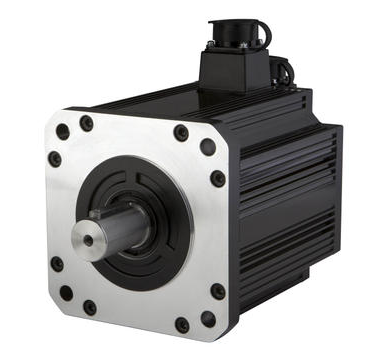







You can perform many different tests on the motor-that's why it's important to know the purpose of these tests, how they work and what the data means. We will first briefly review why the test is important, then discuss the rotor bar, withstand voltage, surge and motor winding resistance, and discuss vibration analysis. Give your ac motor a test!

This passage is going to talk about the followings of test ac motor:
(1) The importance of testing ac motors
(2) Rotor rod test of ac motor
(3) Pressure test of ac motor
(4) Surge test of ac motor
Bearing problems may be the primary cause of motor failures, but electrical failures are closely followed. Electrical failure requires your maintenance team to continue testing the motor in your care.
The most obvious benefit of testing is troubleshooting. When the motor does not work properly or fails, you can use testing to find the most likely cause of the problem. You can also use the test results as a measure of motor performance. This data, in turn, can provide a basis for decisions about repair, maintenance, reconstruction and replacement.
Regular testing is the key to a maintenance plan and contributes to the performance and reliability of the motor you care for. For example, you can detect small problems before they become expensive faults. Remember, a well-maintained ac motor has higher reliability and lower cost and energy costs.
Broken rotor bars are a common problem in motors. This may be why different types of tests are performed on broken rotor bars. These tests include growler test, single-phase rotor test and high current rotor test.
You can use the growl test to check whether the current flowing through the motor is interrupted. You remove the rotor from the stator, and then induce a current in it through a laminated core wrapped with wires. Using iron filings, you can intuitively detect discontinuities from the patterns created in the filings.
In a single-phase rotor test, you apply single-phase power to the motor to make the rotor spin slowly. Using an analog meter, monitor the phase while looking for any fluctuations in how many amperes are drawn.
To perform a high current rotor test, remove the rotor from the stator and apply a high current through the rotor shaft. Then, the infrared camera will allow you to visually check whether there are local hot spots on the rotor surface. These local hot spots reveal problems with the rotor bar.
High voltage test (also called dielectric strength test) is used to check for weaknesses in the insulation of cables or wires. To perform this test, apply current between the circuit and the frame. Please note that the specific overvoltage level applied depends on the motor and its specified voltage.
During this time, you measure the leakage current and calculate the corresponding megohm. The insulation in areas with low megohm readings is damaged.
The data in the surge test (also called the Baker test) will help you detect motor burnout and predict potential motor failure. Based on the results of the surge test, you can determine poor insulation, short circuits, loose connections and unbalanced connections.
You should always perform surge testing in accordance with the IEEE 522 standard. This standard is important: it indicates the voltage level used according to the winding type and the condition of the motor. After performing the surge test according to the standard, it will provide you with reliable data without damaging your motor.
During the surge test, you use a special type of testing machine called a surge generator to apply voltage pulses (surges) to each set of motor windings. It is usually performed with twice the line voltage plus an additional 1,000V. This voltage is injected into each phase. The sine waves generated by each phase must be equal, otherwise problems will occur.
